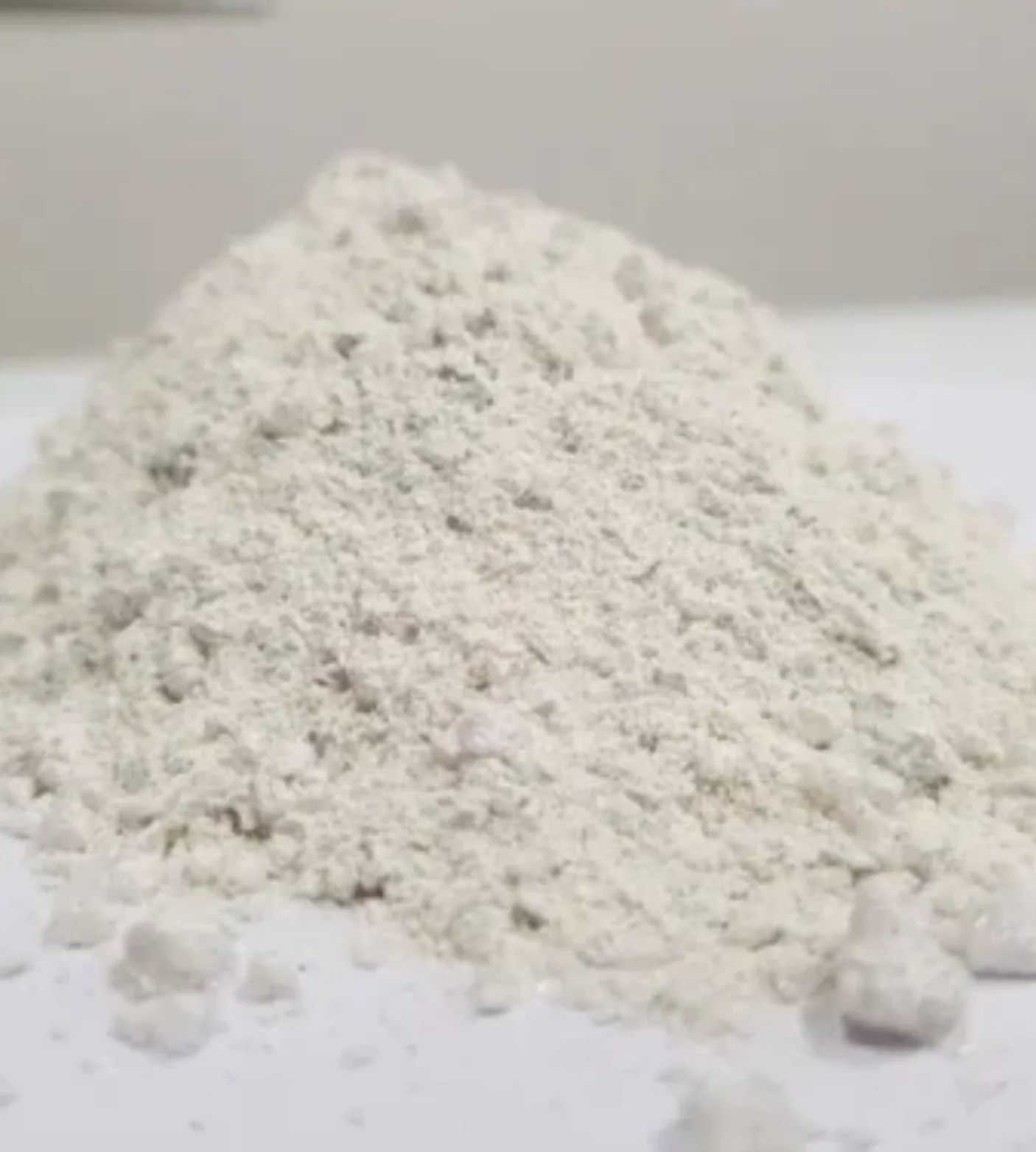Ramming Mass

Ramming Mass
Silica ramming mass is a refractory material, primarily used for lining induction furnaces in steel and cast iron foundries. It’s characterized by its high silica content (typically 98% or more) and is known for its good resistance to thermal shock and erosion at high temperatures. Specifications for silica ramming mass include chemical composition, particle size distribution, and application temperature, among other factors.
Key Specifications:
Chemical Composition:
A high silica content is crucial, often specified as 98% SiO2 minimum. Other elements like Al2O3, Fe2O3, CaO, and MgO are also regulated. For example, Al2O3 might be specified as 0.8% max, Fe2O3 as 0.3% max, and CaO as 0.1% max.
Particle Size Distribution:
This is critical for proper ramming and sintering during furnace lining. For example, a specification might include a maximum grain size (e.g., 5mm) and percentages for different size fractions (e.g., 33% of 4mm to 1mm, 30% of 1mm to 0.2mm, and 20% below 0.2mm).
Application Temperature:
Silica ramming mass is designed to withstand specific temperature ranges, typically up to 1700°C for steel and 1550°C for cast iron.
Setting Mode:
The ramming mass is designed to set by a ceramic mechanism.
Physical Properties:
Properties like bulk density, porosity, and softening point are also important considerations.
Freedom from Defects:
The material should be dry and free from contaminants and foreign materials.
Boric Acid Binder:
Boric acid is often used as a binder for silica ramming mass. The amount of boric acid needed depends on the operating temperature and application.
